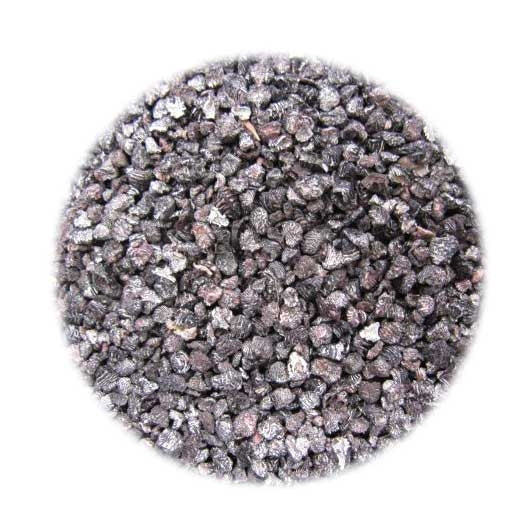The Cochineal bug is found in desert locations in Arizona, New Mexico, and California to Montana, Colorado, Texas, Florida and North Carolina. They feed on the juices of the cacti plant, especially the prickly pear cacti.
Carminic acid, which occurs as 17-24% of the weight of the dry insects, can be extracted from the insect’s body and eggs. A small amount of Cream of Tartar is required to extract the dye from the dried insects.
Used by the Aztecs as early as the 10th century, Cochineal dye was the second only to silver in terms of Spanish exports from the New World. The Spanish monopoly lasted almost 300 years and ended in 1777 when a sample of both the Cochineal insect and the cactus were smuggled out of present day Mexico. Find cochineal bugs for sale at The Woolery!
This dye/additive is not intended for human/animal consumption.
Description
- Function: Dye
- Application: Cellulose, Silk, Wool
- Color: Bright Red to Magenta
- Form: Dried Bug
- Typical Use Rate: 3-8% Weight of Fiber
- Source: Dactylopius coccus
- Package Weight: 1 oz.


